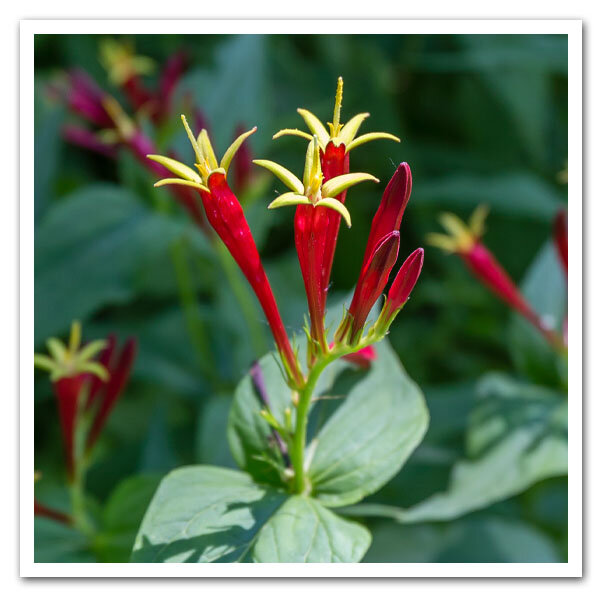Fireflies, also known as lightning bugs, are neither flies nor true bugs. They are beetles, and like ladybugs, are cherished as one of our most well-loved insects.
Who hasn’t chased after a fading green blink as dusk descends? Most people have fond memories of running after flashing fireflies. Some may miss the summer nights when it seemed the whole night was lit up by bright flickers.
It is becoming more difficult for these insects to survive in our world; their numbers are dwindling due to habitat loss and degradation, light pollution, pesticide use and climate change.
But just as people attract butterflies to their yards, we can work to provide for and attract fireflies.
My daughter took a course at the University of Florida on the natural history of fireflies. It was taught by Dr. James Lloyd, who made a life’s career studying these intriguing creatures. She learned that just as there are many distinct butterfly species, there are also many firefly species, including 45 species found in Florida.
Fireflies have developed an amazing method of communicating using bioluminescence. Each species has a unique code, or flash pattern, that they use to find a mate of their species. Fireflies need darkness to see and understand their fellows’ flashes.
As individuals, we can turn off all outdoor lights around our houses, including flood lights, porch lights and garage lights. For security and safety, try using a motion-detection fixture. As a neighborhood, we can ask the city to put shields over streetlights to direct the light onto roads and away from yards and natural areas.
To attract a diverse firefly population, it is critical to provide a diversity of habitats. For example, some species live in the upper branches of trees (Photuris versicolor and Pyractomena borealis), others live in shrub layers (Photinus sanguineus and Pyractomena angulate), and still others live in grassy openings (Photinus collustrans).
At home, we can allow edges of our yards to grow up into shrubby areas or plant shrubs at the edge of a lawn. Better yet, if you like a more natural look to your yard, stop mowing a patch of your lawn and allow wildflowers and grasses to establish there, mowing it once a year. City and county park managers could promote a variety of habitats from open woodlands to grassy meadows just through proper mower management.
Leave some corners of your yard a little wild. The larvae of fireflies thrive in moist habitats with abundant native vegetation and dense leaf litter. Think somewhat woodsy with tall trees, medium trees, shrubs, native ferns and leaf mulch. This type of yard provides habitat for snails, slugs, earthworms and other invertebrates that ground-dwelling firefly larvae need to eat.
This type of habitat also provides safe places for firefly larvae to overwinter. Some overwinter in crevasses on tree bark, while others live in underground burrows or in rotting logs or leaf litter.
Fireflies are insects, so they are susceptible to lawn chemicals. Fireflies may be most vulnerable during their larval stage, which can last up to two years. Adult fireflies may only be active for a few weeks in spring and summer.
Larvae of Photuris, Photinus and Pyractomena genus spend time in the soil, where chemicals filtering down produce potentially disastrous effects on firefly populations. Individuals and park managers should avoid using pesticides (insecticides and herbicides) on lawns and woodlands.
We can enjoy lightning bugs for the first time or again after many years, if we take the initiative to invite them back into our yards, neighborhoods and cities by offering them the habitat they need to survive right alongside our homes. Leave the leaves, turn off the lights, and refrain from regular use of insecticides and herbicides.
Go outside and enjoy the night in late spring and early summer. Chase a firefly and let it alight upon your hand. Look at it closely, watch it glow, and let it fly away into the dark night.
For more information, visit the Xerces Society for Invertebrate Conservation’s Conserving the Jewels of the Night page at xerces.org/endangered-species/fireflies.







